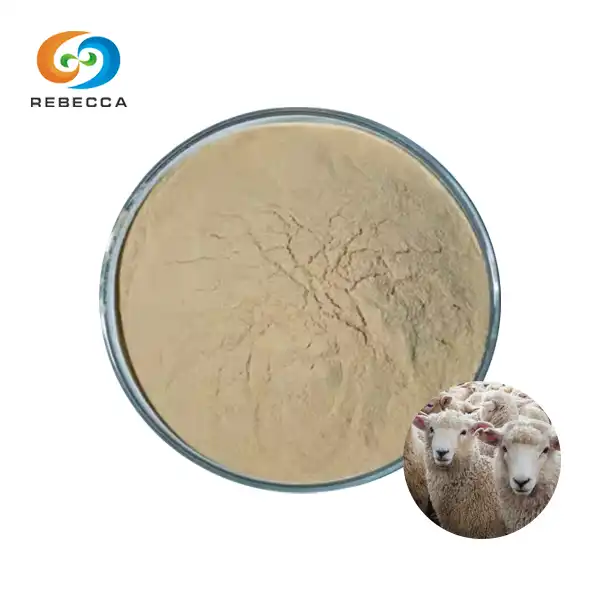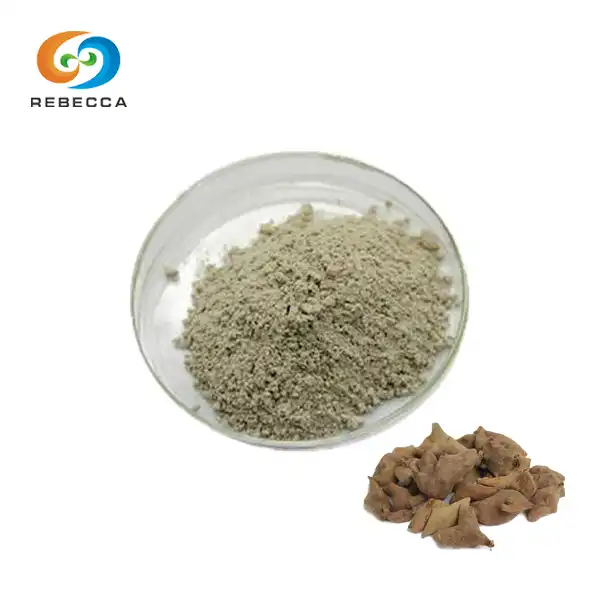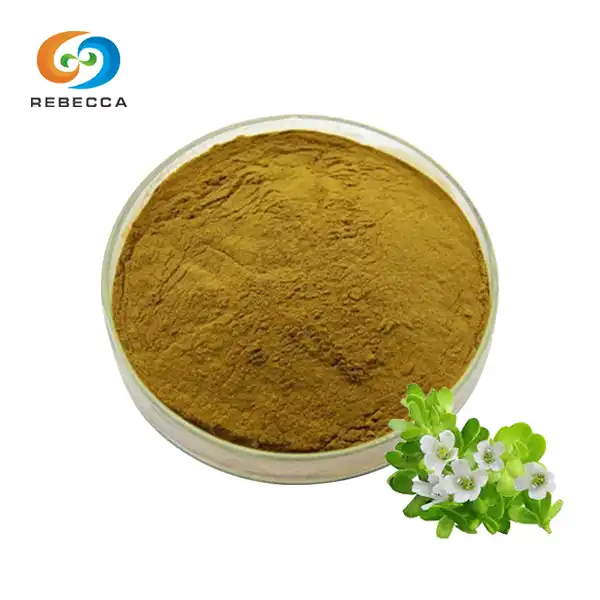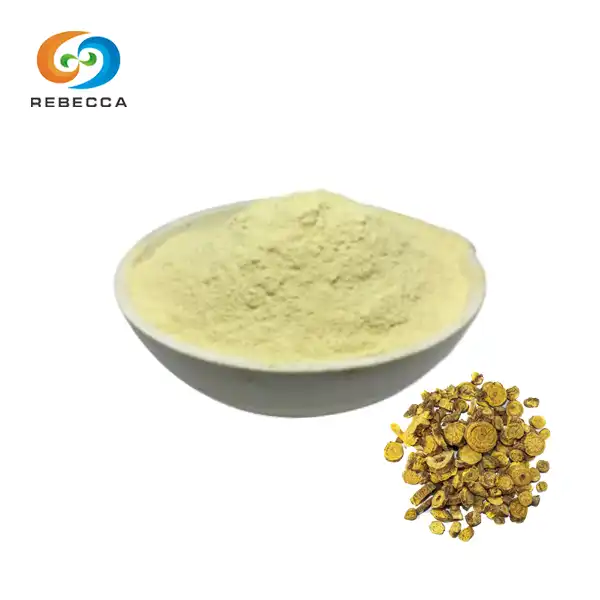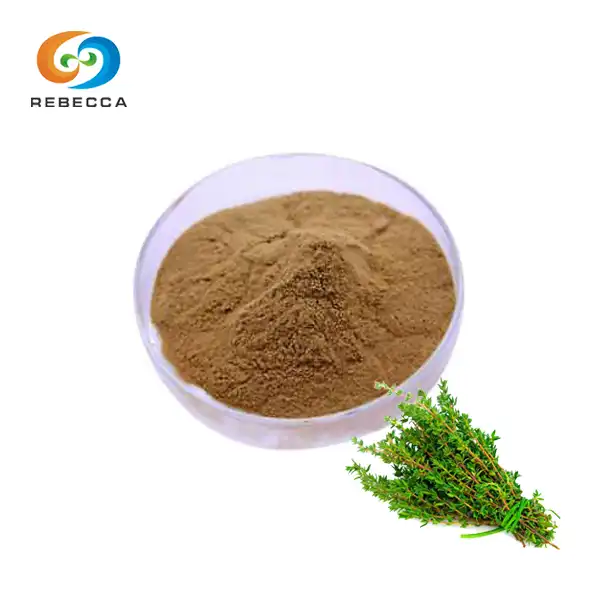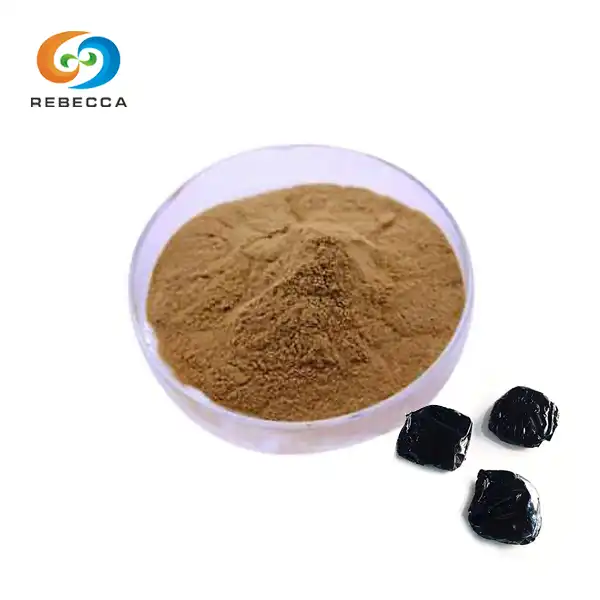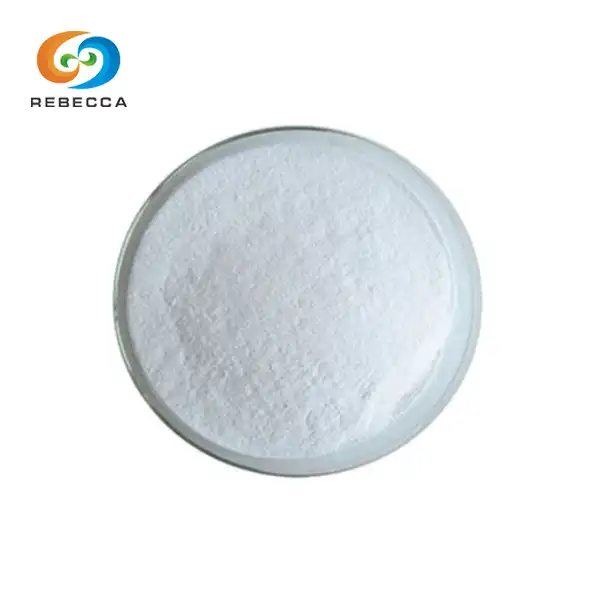DL-6 8-Thioctic Acid VS R Alpha-Lipoic-Acid
Lipoic acid, also known as thioctic acid, is a powerful antioxidant that has gained significant attention in the medical and nutritional fields. Two forms of this compound, DL-6 8-thioctic acid and R alpha-lipoic acid, have been the subject of numerous studies due to their potential health benefits. In this article, we'll explore the structural differences, pharmacokinetics, and antioxidant potential of these two forms to help you better understand their unique properties and applications.

What are the structural differences between DL-6 8-thioctic acid and R alpha-lipoic acid?
To understand the structural differences between them, we need to delve into the world of stereochemistry. Both compounds are forms of lipoic acid, but they differ in their three-dimensional arrangement of atoms.
DL-6 8-thioctic acid, also known as racemic lipoic acid, is a mixture of two mirror-image forms (enantiomers) of the molecule: R-lipoic acid and S-lipoic acid. The "DL" prefix indicates that it contains equal amounts of both the R and S forms. This racemic mixture is typically what you find in most commercial lipoic acid supplements.
On the other hand, R alpha-lipoic acid (R-ALA) is the naturally occurring form of lipoic acid found in the human body and in some foods. It is considered the biologically active form and is responsible for most of the compound's beneficial effects.
The key structural difference lies in the arrangement of atoms around the carbon atom at position 6 of the molecule. In R-ALA, the sulfur-containing side chain is oriented to the right, while in S-ALA (the other component of DL-6 8-thioctic acid), it's oriented to the left. This subtle difference in structure can lead to significant variations in how the body processes and utilizes these compounds.

How do the pharmacokinetics of DL-6 8-thioctic acid compare to R alpha-lipoic acid?
Pharmacokinetics refers to how a substance is absorbed, distributed, metabolized, and excreted by the body. When comparing them, several important differences in their pharmacokinetics emerge:
1. Absorption: Studies have shown that R-ALA is absorbed more efficiently than the S form found in DL-6 8-thioctic acid. This means that when you consume R-ALA, a higher percentage of the compound actually makes it into your bloodstream. Research indicates that the bioavailability of R-ALA is up to 40% higher than that of the racemic mixture.
2. Plasma Concentrations: Due to its superior absorption, R-ALA typically achieves higher plasma concentrations compared to DL-6 8-thioctic acid when administered at the same dose. This means that more of the active compound is available to exert its effects throughout the body.
3. Cellular Uptake: R-ALA is preferentially taken up by cells compared to the S form. This is particularly important because lipoic acid's antioxidant and metabolic effects occur primarily within cells. The enhanced cellular uptake of R-ALA may contribute to its increased biological activity.
4. Metabolism: Both forms of lipoic acid are rapidly metabolized in the liver. However, some studies suggest that R-ALA may be metabolized more slowly than the S form, potentially leading to a longer duration of action [5].
5. Excretion: While both forms are primarily excreted in urine, the exact rates and pathways of excretion may differ slightly between R-ALA and the racemic mixture.
These pharmacokinetic differences highlight why many researchers and healthcare professionals prefer R-ALA over the racemic DL-6 8-thioctic acid for therapeutic applications. The enhanced absorption and cellular uptake of R-ALA may lead to more pronounced biological effects at lower doses.

Which form offers better antioxidant potential?
When it comes to antioxidant potential, both of them have demonstrated significant capabilities. However, research suggests that R-ALA may have an edge in this department.
1. Direct Antioxidant Activity: Both forms of lipoic acid can directly neutralize various reactive oxygen species (ROS) and reactive nitrogen species (RNS). However, studies have shown that R-ALA is more effective at scavenging certain free radicals, particularly hydroxyl radicals and hypochlorous acid, compared to the S form found in the racemic mixture.
2. Regeneration of Other Antioxidants: One of lipoic acid's unique properties is its ability to regenerate other antioxidants, such as vitamins C and E, glutathione, and coenzyme Q10. Research indicates that R-ALA is more efficient at this regeneration process, potentially enhancing the overall antioxidant capacity of the body.
3. Mitochondrial Function: R-ALA has been shown to have a more pronounced effect on improving mitochondrial function and energy production. By enhancing mitochondrial efficiency, R-ALA may indirectly reduce oxidative stress by decreasing the production of ROS during cellular energy metabolism.
4. Gene Expression: Studies have demonstrated that R-ALA can influence the expression of genes involved in antioxidant defense and cellular stress response more effectively than the racemic mixture. This includes upregulating enzymes like glutathione peroxidase and heme oxygenase-1, which play crucial roles in protecting cells from oxidative damage.
5. Neuroprotective Effects: In studies focusing on neurological conditions, R-ALA has shown superior neuroprotective effects compared to the racemic form. This may be due to its enhanced ability to cross the blood-brain barrier and its more potent antioxidant activities within neural tissues.
6. Chelation of Metal Ions: Both forms of lipoic acid can chelate (bind) metal ions, which can catalyze harmful oxidation reactions in the body. However, some research suggests that R-ALA may be more effective at this process, particularly in binding copper and iron ions.
While both DL-6 8-thioctic acid and R alpha-lipoic acid offer significant antioxidant benefits, the growing body of evidence points to R-ALA as the superior form. Its enhanced bioavailability, cellular uptake, and more potent antioxidant effects make it the preferred choice for many researchers and clinicians, especially when targeting specific health conditions or aiming for maximum therapeutic benefit.

DL-6 8-Thioctic Acid Manufacturer
For those interested in high-quality DL-6 8-thioctic acid, also known as Lipoic acid powder, Rebecca Bio-Tech offers an excellent product solution.
At Rebecca Bio-Tech, we pride ourselves on supplying high-quality products at competitive prices. Our manufacturing process adheres to strict quality control measures, and we use high-performance liquid chromatography (HPLC) as the test method for analysis, ensuring consistency and purity in every batch.
Whether you're a researcher, pharmaceutical company, or supplement manufacturer, we're here to meet your DL-6 8-thioctic acid needs. For more product information, to request samples, or to discuss your custom requirements, please don't hesitate to get in touch with us at information@sxrebecca.com. Our team of experts is ready to assist you and provide detailed specifications tailored to your specific needs.
References:
- Packer, L., Witt, E. H., & Tritschler, H. J. (1995). Alpha-lipoic acid as a biological antioxidant. Free Radical Biology and Medicine, 19(2), 227-250.
- Mignini, F., Streccioni, V., Tomassoni, D., Traini, E., & Amenta, F. (2007). Comparative crossover, randomized, open-label bioequivalence study on the bioequivalence of two formulations of thioctic acid in healthy volunteers. Clinical and Experimental Hypertension, 29(8), 575-586.
- Carlson, D. A., Smith, A. R., Fischer, S. J., Young, K. L., & Packer, L. (2007). The plasma pharmacokinetics of R-(+)-lipoic acid administered as sodium R-(+)-lipoate to healthy human subjects. Alternative Medicine Review, 12(4), 343.
- Biewenga, G. P., Haenen, G. R., & Bast, A. (1997). The pharmacology of the antioxidant lipoic acid. General Pharmacology: The Vascular System, 29(3), 315-331.
- Shay, K. P., Moreau, R. F., Smith, E. J., Smith, A. R., & Hagen, T. M. (2009). Alpha-lipoic acid as a dietary supplement: molecular mechanisms and therapeutic potential. Biochimica et Biophysica Acta (BBA)-General Subjects, 1790(10), 1149-1160.
- Streeper, R. S., Henriksen, E. J., Jacob, S., Hokama, J. Y., Fogt, D. L., & Tritschler, H. J. (1997). Differential effects of lipoic acid stereoisomers on glucose metabolism in insulin-resistant skeletal muscle. American Journal of Physiology-Endocrinology And Metabolism, 273(1), E185-E191.
